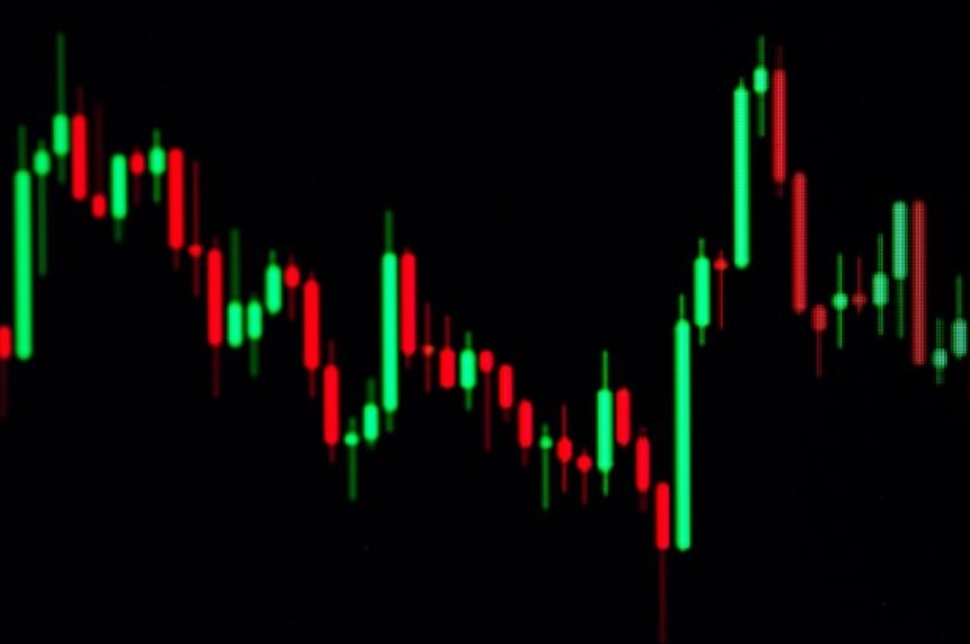Trading signals are essential in the realm of financial markets. It helps traders to direct towards lucrative possibilities. The inside bar signal is one such indicator that has grown in popularity over the past few years among both new and seasoned traders. Candlestick patterns, known as inside bar signals offer important clues about market conditions and probable price movements. The idea of inside bar signals, how to spot them, the types of inside bar signals, and how to use them in your trading strategy are all covered in this article.
Trading Inside Bar Signals: Understanding the Concept
Simple is nice. The inside bar pattern signals a market halt or indecision. Depending on the price environment it originated in, this can provide us with a very important hint about what the market is about to do next.
The inner bar is yet another “tool” you can add to your price action arsenal. It aids you with your trading technique. Once you grasp it, it will increase your chances of long-term trading success and profitability.
A multi-bar pattern called an “inside bar” consists of a “mother bar’’. There is an initial bar in the pattern and an inside bar. Multiple inside bars may occasionally be contained within a single mother bar in an inside bar pattern.
Candlestick Patterns and Inside Bar Signals
It’s crucial to understand the fundamentals of candlestick patterns for a better understanding of inside bar signals. Technical analysis tools like candlestick charts, which represent price changes over a predetermined period visually, are very common in the trading world. Each candlestick has a body and wick. It shows the open, close, high, and low prices for that period.
Candlestick patterns, which are made up of several candlesticks, give traders insights into the dynamics of the market. These patterns may be bullish, bearish, or neutral, depending on the conditions in which they appear.
An inside bar is a particular kind of candlestick pattern that is distinguished by its design within the high and low range of the prior candlestick. The previous candlestick pattern is referred to as the “mother bar.” The Inside bars might develop near the high or low of the mother bar or precisely in its center.
Inside Bars are reasonably simple to spot on a price chart. The reason is their distinctive visual look. They frequently denote a period of market consolidation, uncertainty, and price fluctuation which once resolved, can result in large price swings.
Learn 4 Types of Inside Bar Patterns with Neuron Market
Double Inside Bar
Two inside bars are combined to form the “double inside bar”. These two bars occur within the mother bar’s framework. They are common, and you can observe three, four, or even more internal bars inside the same mother bar structure. These patterns indicate a protracted period of market hesitancy. Additionally, they may precede extremely potent breakout moves.
Fakey Inside Bar
Fakey trading patterns are crucial in inside bars. A fake bar is essentially a false breakout from an inner bar pattern. It is the point where the price practically bursts out in one direction from an inside bar pattern before immediately turning around. These are undoubtedly giving traders wise hints about the likely direction of the price in the future.
Coiling Inside Bar
Coiling inside bar patterns happen when two or more inside bars are turning around each other. They come together tighter and tighter within one another, much like a spring would. Keep a close eye out for them since they indicate a contracting market. They are like a spring that has been coiled tighter and tighter and will ultimately “release” and explode into a strong move.
Pin Combo Inside Bar
Pin bars are among the best price patterns you can trade. When a pin bar happens to be an inside bar, you have an inside bar pin bar combo pattern.
When you combine a pin bar with an inner bar, you get a “wind-up”. It will be released as well as a pin bar with a tail or shadow that points to the market’s likely next move. An inside bar is more than just a market pause. The fact is it is a market pause with additional confluence behind it and, as a result, a stronger price action signal.
Steps to Identify Inside Bars on Price Chart
You will be better able to use the strength of inside bar indications to boost your trading performance as you gain experience.
• Identify the mother bar and the previous candlestick
• Find the inside bar, which is less expansive and is higher to lower than the mother Bar
• The mother bar’s high and low should be categorized inside those of the inside bar.
Interpretation of Inside Bar Signals
Inside Bars offers insightful information about market sentiment and anticipated price movement. Here is a list of significant aspects to interpret from inside bars:
Traders may be hesitant about the direction of the price movement, as suggested by their lack of evaluation. It may indicate that the market is holding off on moving in anticipation of important news or events.
Inside bars may show a potential signal for a breakout. The high and low of the inside bar are frequently used as breakout levels by traders for evaluation and assessments. A bullish signal is generated when the price breaks above the high. On the other hand, a bearish signal is generated when it breaks below the low.
Inside bars frequently signify a time when buyers and sellers are in equilibrium. When the market is consolidating, it results in a brief halt in price movement.
Trading Inside Bar Signals as a Continuous Approach
Inside bar patterns, are best traded as a continuation move in a fluctuating market, which is the “classic” approach.
Because the chances are already in your favor for trading with the trend, an inside bar is significantly simple to take in a trending market. A breakout or continuation in the direction of the current trend will follow the inside bar frequently.
As a general rule, stay away from trading inside bars at significant levels until the level has cleared. Such inside bars will result in a false break at a significant level.
Trading Inside Bar Signals as a Reversal Approach
Occasionally, you can trade an inside bar as a stall or reversal pattern when the price “stalls” out at a level. The next, it reverses back in the other direction.
The market seemed “unsure” if move higher when the inside bar appeared at a crucial chart level. As the price falls below the mother bar low of the inside bar, a significant downward movement ensues, and can be observed.
Final Thoughts
Inside bars are important candlestick patterns that can help traders make wise selections. In the financial markets, they have an important role in assisting traders. Understanding the environment in which inside bars emerge is crucial. Whether you want to use them as breakout indications, continuation patterns, or reversal indicators, they help you to make wise decisions. Keep in mind that no trading signal is 100% accurate. The risk management is always of the utmost importance.
On historical price charts, get proficient at spotting Inside Bars, and with patience and determination, incorporate them into your trading tactics.




